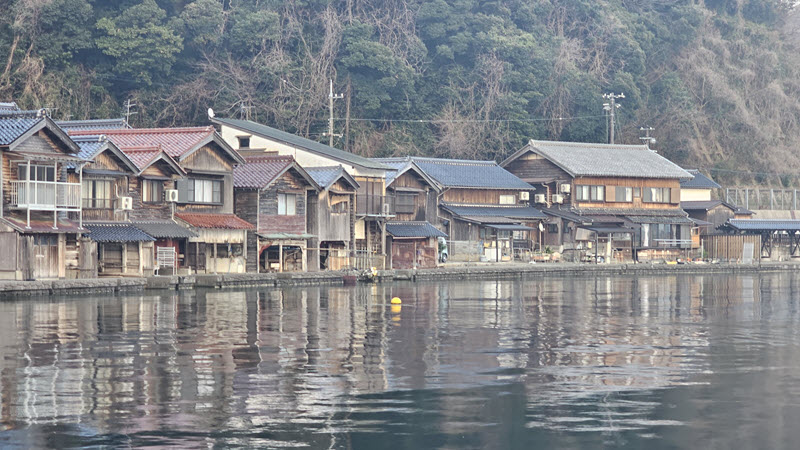We’re finally back and settled after a month-long site visit across Japan—catching our breath, uploading photos, and revisiting the moments that moved us. There were many special stops, but one place truly lingered in my heart: Ine, the enchanting fishing village tucked away in the north of Kyoto.
To be honest, Kyoto city has long lost its charm for me. Once a haven of tradition and beauty, it’s now overrun with tourists, its magic diluted by crowds and commercialisation. But Ine felt like a secret that somehow slipped through the cracks of mass tourism—a place where the rhythm of daily life remains untouched, unhurried, and heartbreakingly beautiful.
A Long Way, But Worth Every Mile
We drove nearly three hours from Nagano Airport to get there. It’s not exactly convenient, and perhaps that’s why it’s been able to retain its soul. But I’ve always believed that the harder the journey, the more rewarding the destination—and Ine proved that right.
I had first come across Ine years ago in a quiet documentary. The image of its funaya—wooden boathouses built right along the water’s edge—stayed with me. This time, I didn’t want to just stop by on a day trip. I wanted to live it, to soak in the essence of this fishing town.

Staying in a Funaya
Just a week before my trip, I had booked a client into a funaya stay. He sent me photos—rustic wood, water views, serenity. His joy was infectious, and I couldn’t wait for my own turn.

I ended up staying at Minagi Funaya, lovingly restored by the local tourism board. It’s a two-storey wooden house with two rooms, a cosy living space, and a kitchen. The main bedroom opened up to the sea, while the second room overlooked the quiet street. Everything was thoughtfully done—simple yet warm, and beautifully in tune with its surroundings.
There’s something deeply humbling about dangling your legs over the water in the morning light, snacking on fruit, watching the clouds drift past. In that moment, all the long drives, early wake-ups, and tight schedules just… faded away.

Tastes Of The Sea
In a village like Ine, everything is intimate—including mealtimes. Restaurants are small, and dinner needs to be pre-ordered. We went with a two-set sukiyaki dinner, and it was absolutely satisfying. Rich, hearty, and deeply comforting. There’s a special kind of joy in sharing a good meal in a quiet village by the sea. I often think—how lucky am I that this is work?

Morning With The Locals
The next morning, we woke early to explore. Just a few hundred metres from where we stayed, the local market was buzzing. Fishermen had just returned with their catch. Locals queued up, chatting and bargaining; some impromptu bidding even broke out. It wasn’t staged or polished—it was real life, unfolding in front of us.
It was such a vivid reminder of what travel should be—immersive, raw, and heartwarming.


A Place That Stays With You
Leaving Ine was unexpectedly hard. Maybe it was because it was our first proper overnight stop. Maybe it was the charm of a seaside life that still exists quietly in Kyoto’s shadow. Or maybe it was just that rare feeling of being somewhere real—untouched by the rush of the world.
If you’re the kind of traveller who prefers authenticity over attractions, if you yearn for silence, for stories, for slowness—Ine might be for you.
Curious about how to make Ine part of your Japan journey? Contact Epic Travel Deisgner and let’s design it together.

